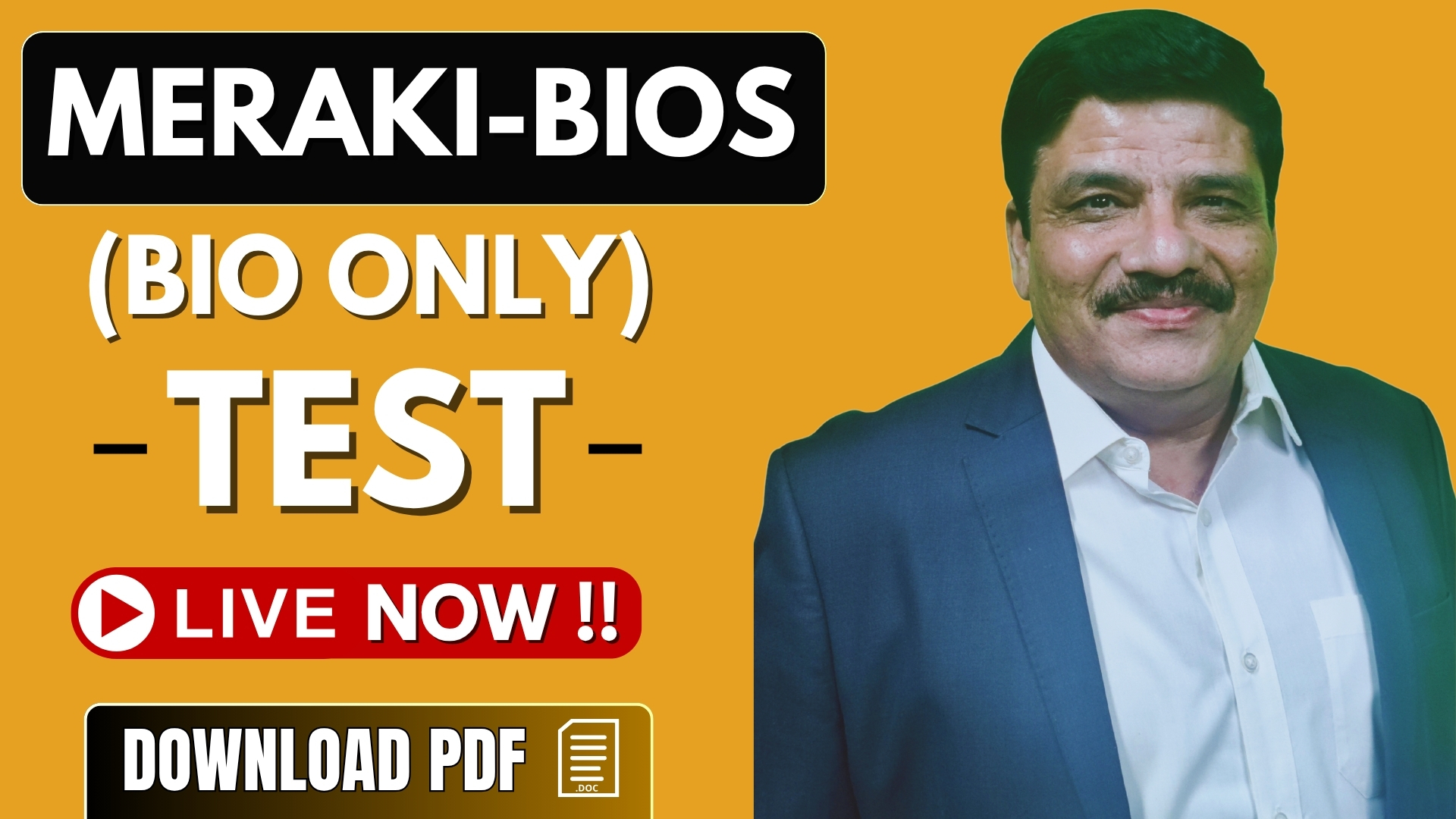Which of the following is not a component of biomolecule is not contribute in structural elements of cell?
(1) C
(2) O
(3) N
(4) Mg
निम्नलिखित में से कौन सा कोशिका के संरचनात्मक तत्वों में सहयोग न देने वाले जैवाणु का घटक नहीं है?
1. C
2. O
3. N
4. Mg
(1) C
(2) O
(3) N
(4) Mg
Which is essential for the growth of root tip?
(1) Zn
(2) Fe
(3) Ca
(4) Mn
मूल शीर्ष की वृद्धि के लिए क्या आवश्यक है?
(1) Zn
(2) Fe
(3) Ca
(4) Mn
The elements are classified into Macronutrients and Micronutrients based on their
(1) Qualitative properties
(2) Structural properties
(3) Quantitative requirements
(4) Both B and C
तत्वों को किस के आधार पर वृहत् पोषक और सूक्ष्म पोषक में वर्गीकृत किया गया है?
1. गुणात्मक गुण
2. संरचनात्मक गुण
3. मात्रात्मक आवश्यकता
4. 2 और 3 दोनों
Which of the following is a beneficial element?
(1) Se
(2) Fe
(3) B
(4) Cl2
निम्नलिखित में से कौन सा एक लाभकारी तत्व है?
1. Se
2. Fe
3. B
4. Cl
To produce two molecules of ammonia, how many ATP are hydrolysed?
(1) 16
(2) 8
(3) 4
(4) 32
अमोनिया के दो अणुओं का उत्पादन करने के लिए, कितने एटीपी जल अपघटित किए जाते हैं?
1. 16
2. 8
3. 4
4. 32
Macronutrients are present in plant tissue in
(1) Excess of 10 mmole/Kg of dry matter
(2) 20 mmole/g of dry matter
(3) 10 mole/Kg of dry matter
(4) 1 mmole/Kg of dry matter
पादप के ऊतक में वृहत् पोषक तत्व किस मात्रा में उपस्थित होते हैं?
1. शुष्क पदार्थ का 10 मिमोल/कि.ग्रा. से अधिक
2. शुष्क पदार्थ का 20 मिमोल/ग्राम
3. शुष्क पदार्थ का 10 मोल/कि.ग्रा.
4. शुष्क पदार्थ का 1 मिमोल/कि.ग्रा.
Which of the following is not a Macronutrient?
(1) C
(2) Mg
(3) Ca
(4) Fe
निम्नलिखित में से कौन एक वृहत् पोषक तत्व नहीं है?
1. C
2. Mg
3. Ca
4. Fe
Hydroponics cannot be used in the commercial production of vegetables such as
(1) Tomato
(2) Seedless cucumber
(3) Lettuce
(4) Pomegranate
...................... जैसी सब्जियों के व्यावसायिक उत्पादन में जल संवर्धन का उपयोग नहीं किया जा सकता है।
1. टमाटर
2. बीज रहित ककड़ी
3. सलाद
4. अनार
Hydroponics can be used in
(1) Identification of essential elements
(2) In discovery of deficiency symptoms of essential elements
(3) For commercial production of vegetables
(4) All of these
जल संवर्धन का उपयोग किया जा सकता है:
1. आवश्यक तत्वों की पहचान करने में
2. आवश्यक तत्वों की अल्पता के लक्षणों की खोज में
3. सब्जियों के व्यावसायिक उत्पादन के लिए
4. ये सभी
Which of the following is Macronutrient?
(1) B
(2) Cl
(3) Ni
(4) Mg
निम्न में से कौन सा वृहद् पोषक तत्व है?
1. B
2. Cl
3. Ni
4. Mg







